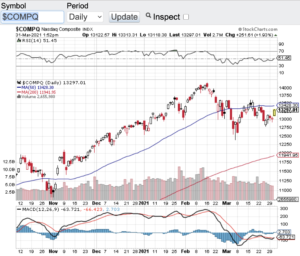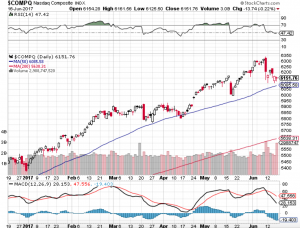I think it is becoming safe to say that we are now in the new norm! The stock market for over a decade has feasted on the Federal Reserve’s accommodative policies and most recently the stimulus provided by governments from around the world during the pandemic. Under normal market conditions, stocks trade on their own merits and prospects. This has simply not been the case in years. Fast forward to today and we now have a Federal Reserve raising interest rates, reducing their own stimulus programs to stave off inflation and get back to more normalized Fed policies and procedures. Now the markets are taking notice. Volatility in the markets continue as has been the case for months now. Year to date, the Dow Jones Industrial Average (see chart here) is down 10 percent, the S&P 500 (see chart here) is lower by 15%, the Nasdaq Composite (see chart here) on the year is down almost 25% and the small-cap Russell 2000 (see chart here) is down about 18%.
Yes, I believe we have entered a new norm. Which isn’t necessarily a bad thing from the standpoint of properly evaluating companies. What’s been very difficult during the past decade or so is how to evaluate public companies. The Federal Reserve and its unprecedented accommodative monetary policies was a huge driver of how companies were valued. Meaning this, when there are hardly any choices of attaining yield whether it is from stocks or bonds, this forces capital into the stock market or other higher risk assets. This has been one of the primary drivers of the incessant bull market investors have enjoyed over the years. Now, companies are going to have to perform to maintain their position in the marketplace. The ones that do, will be rewarded, the ones that don’t will experience adjustments in their valuations.
With all the above being said, I am confident that once the stock market bottoms out, there will be great opportunities to consider and act on. Good luck to all 🙂
~George

